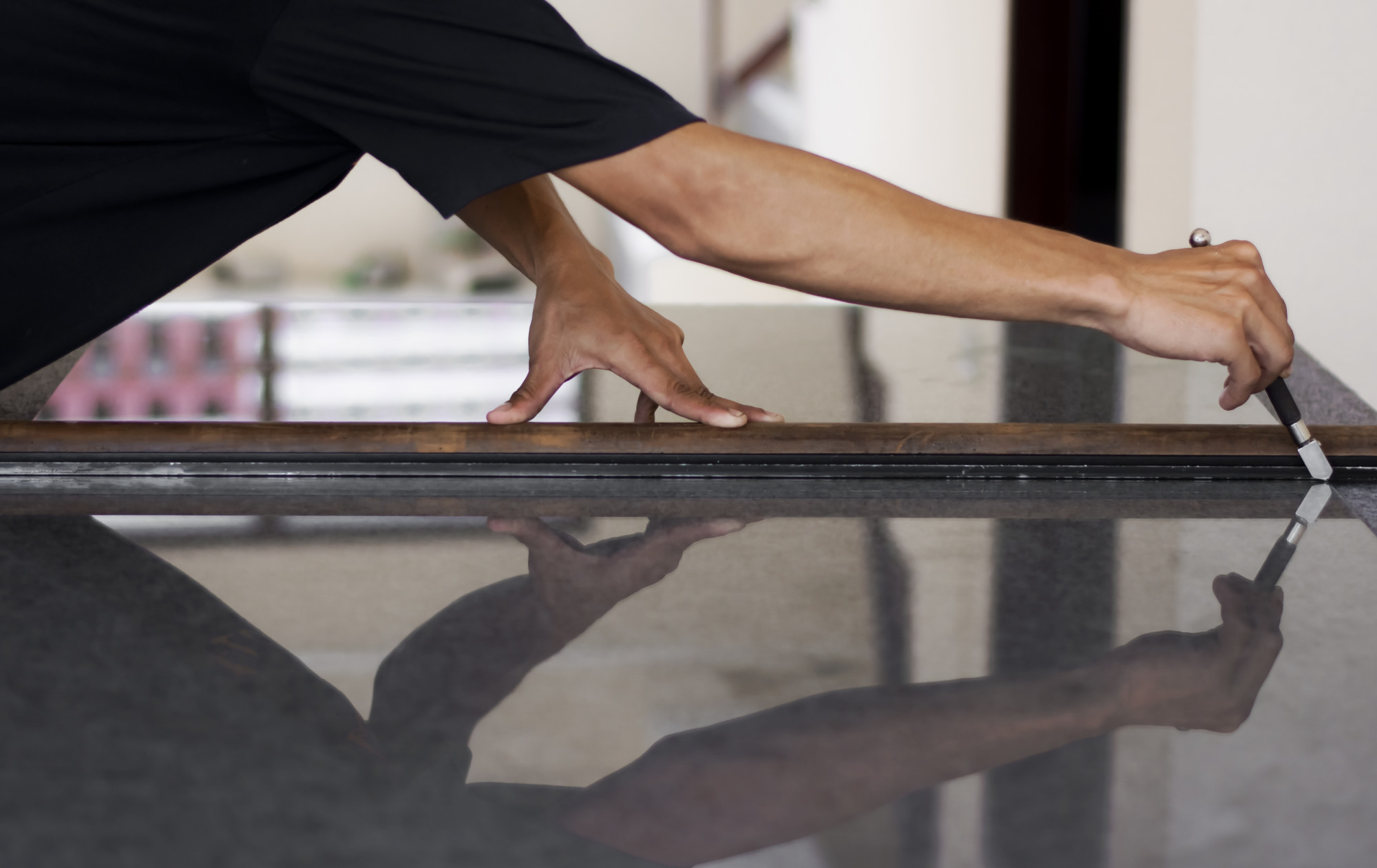
Workshop Skills: 7 Different Ways to Cut Glass
With materials waste higher in America than anywhere else, one of the key players is badly cut glass. When you cut glass, you need to find ways to ensure that you make clean cuts and that you don’t create cracks and chips that could destroy it. One little mistake could cost companies in a major way.
Here are seven tips to help you cut glass better for your next project no matter what it is.
1. Cutting Upside Down
Cutting upside down is a smart way to cut the coating first that might keep your cut from being clean. The rotation of a blade means that it’s going to leave the blowout on the glass side.
This might not be ideal, leaving the front side of your glass with a rough edge, but it also means you’ll have a much cleaner cut as a whole. If your front side can be sanded or filed, you’ll have a good-looking cut.
Cutting through glass that has no backing or has no real “front” or “back” to speak of means that you can choose whichever side. But if there’s anything printed or etched on one side, cut that side that will be more problematic.
2. No Drag Backs
One of the worst mistakes you can make after a nice cut is to roll the saw back through the glass after you’ve made a cut. Giving the glass multiple points of contact with the blade only gives you more chances for problems.
Chipping the coating and having flaws isn’t what you want to end up with. While some people will push glass through the blade and pull it back, you need to turn off the blade before you bring it back. This eliminates chipping.
The less contact the glass has with the blade, the better.
3. Choose the Right Blade
While you’re choosing a blade, you need to not fall for marketing tricks. When something is labeled as a glass blade, it’s meant for that one purpose.
Cutting other materials with your glass blade will make it dull for your next glass cut. Some people try to use porcelain saw blades which can work but that doesn’t mean you should rely on them.
Use a glass diamond blade when you want to get the cleanest cut. Those blades have finer and softer diamonds than porcelain saws. It takes longer to get the glass through the blade but it’s a much smoother cut.
4. Cut the Middle Last
When you’re working on cutting large pieces of glass, start with the beginning and end. The same if you’re working with porcelain or ceramics. This way you won’t have to worry about breakage right at the end.
Start the cut, skip to the end of the cut, then finish out by cutting the middle.
When you’re working on cutting glass, the blade puts stress on the glass. This leads to uneven chipping and increased stress at the end. When you leave the middle for last, you keep the glass stable and under better control.
Usually, if there’s an issue, there will be a bit hanging off that can be filed off when you’re done.
5. Score Upside Down, Flip, Cut
If you want to ensure you get consistent and chip-free cuts in your glass, start by scoring it from the bottom. Set your guide so that you’re cutting the glass in the exact same place as your score.
Once you make your score, flip the glass over and set it against the fence. Make sure that your cut is clearly on the line that you just scored. Then allow the blade to meet that scoring line.
This will give you the nicest and cleanest cut.
6. What About Scoring and Then Snapping?
This is maybe the lowest-tech solution that you could imagine, but it’s a classic for a reason. When you cut glass via a snap, you don’t get much for a jagged edge. You get a nice clean cut every single time.
You can’t get a small sliver of glass off of the main piece easily with a snap. You need at least an inch of material if not more.
If you need to do a more complex cut than a straight cut, it also won’t work. You get what you pay for with snap cutters but depending on the application, it can work out well.
If you feel you need to use a water jet glass cutting machine, go with your gut.
7. Round Notches
Every once in a while, you need to make a notch in glass. This is no fun at all but a necessity of some projects. The L-cut or notch is a crack that’s waiting to happen. However, if you round the inside corners, you might not have a problem.
When you get rid of the straight L of the cut, you won’t have as much pressure for a crack. The rounded corner will be able to divert and withstand a little more pressure. While this won’t work for every single instance of a notch that you need to make in glass, it will help alleviate a lot of your stress.
You Can’t Cut Glass Without the Right Tools
You need to always make sure you’re using a fresh and sharpened blade if you want to cut glass properly. If you’re not using the right tools, you could be wasting your time.
Check out our other articles on manufacturing for more tips on saving money by improving your methods.
